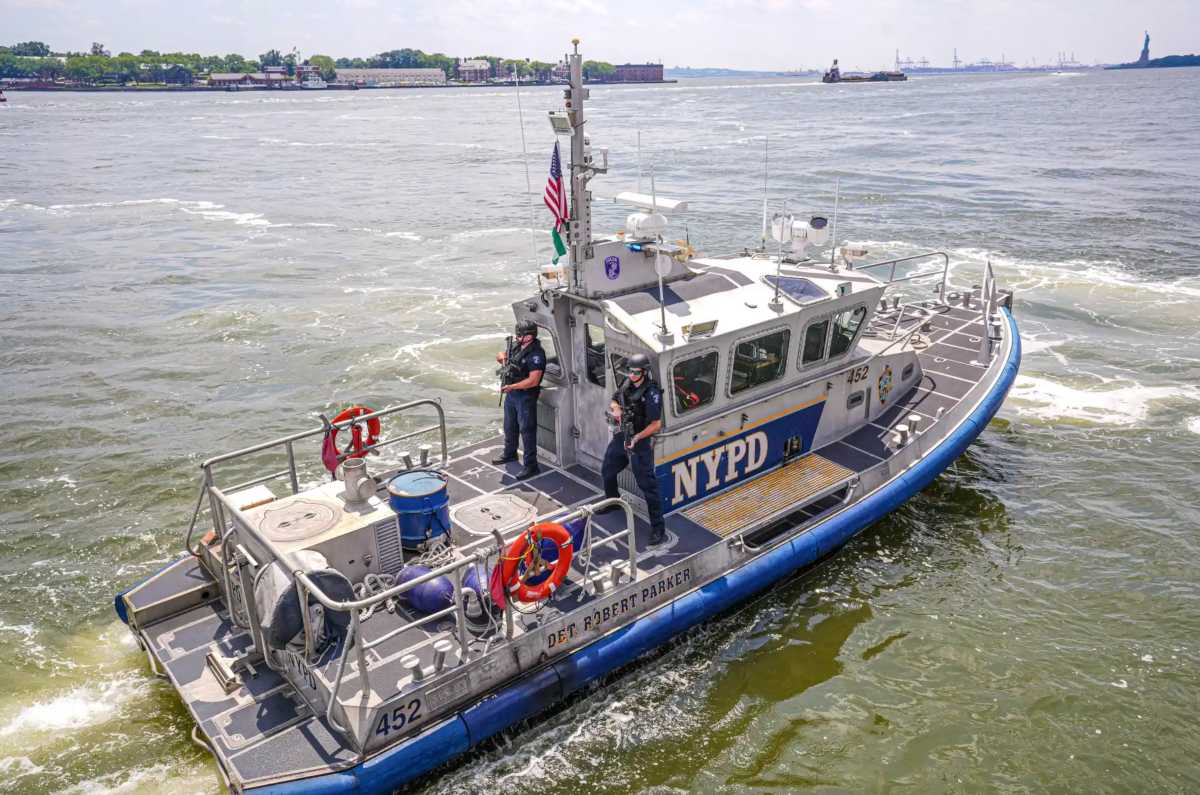The country may have finally crept out of the recession, but the mood at car dealerships is like a depression.
In just under 30 days this past summer, the cash for clunkers government incentive program helped dealerships nationwide sell close to 700,000 new vehicles, said U.S. Transportation Secretary Ray LaHood, when consumers traded in their gas guzzlers for up to a $4,500 credit voucher.
The sales propelled the economy to grow 3.5 percent during the months of July, August and September, according to the Bureau of Economic Analysis. Ninety-nine percent of New York State dealerships have received their credit disbursement from the government for a total of close to $153 million.
However, since the program ended, the bells have stopped ringing at dealerships and not because consumers don’t want to buy, but because they can’t due to a lack of financing and inventory.
“It drives me insane because they say that the recession is over, but car sales are one of the leading economic indicators and it is in a depressive state,” said Steve Koufakis, president of the Star Auto Group, a consortium of dealerships in Queens headquartered in Queens Village. “We are worse than before.”
According to Koufakis, compared to 2008, the car industry has sold about 50 percent less cars in 2009, a drop from 17 million to about 9 million cars, and “the problem is not the customer, it’s the banks that are not lending.”
“I have people with 700 credit scores that are not getting approved,” he said. “The banks took a lot of hits lending to people and they do not want to take on the risk … It’s a pendulum and you can’t go from one extreme to another. You have to do what makes sense.”
Another factor for a decrease in sales, especially in domestic car sales, has been a lack of cars on the lots. Customers want PT Cruisers, the Jeep Patriot and Compass, and the Dodge Caliber, but they don’t have any to sell to them.
“The government bailed out Chrysler and GM, and then through the Cash for Clunkers program the government hoped to help Chrysler and GM. But people bought foreign cars because we had no inventory,” Koufakis said, referring to the bankruptcy filing of Chrysler and GM in early 2009 that required the carmakers to cut costs and they did so by laying off workers, idling plants, and decreasing production.
“That put the last nail on the coffin,” he said.
In Corona at DiBlasi Ford, President Mary Ann DiBlasi has also noticed that since the end of Cash for Clunkers the foot traffic has been spotty. She said that during the program, even if a car did not qualify as a clunker, they managed to put together deals but not anymore.
“A lot of people have certain budgets because they lost a job, are working less hours or have a spouse that lost a job and they may be a little behind on their bills,” said DiBlasi. “Even if they are 30 days late, the banks are stricter. A year ago, the banks weren’t as strict. Now they ask for proof of income and good credit. We’ve lost a few deals lately.”
Like the Star Auto Group, DiBlasi Ford has lacked new models of the domestic cars her customers want like the Ford Fusion, which if she had had could have helped her put together more deals.
“Between Cash for Clunkers and our own deals we put together about 20 to 25 deals this summer,” said DiBlasi. “But we are off 40 to 50 percent definitely from last year.”






























